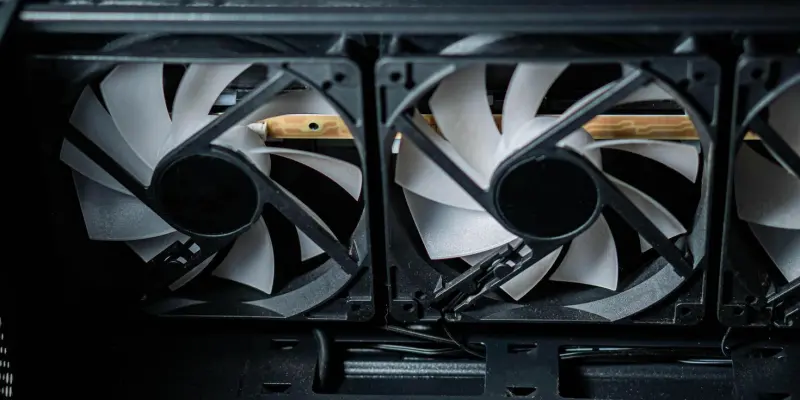As AMD gears up for the launch of its highly anticipated Radeon RX 9060 XT GPU, the competition in the graphics card market is about to heat up significantly. This mid-tier GPU is set to challenge NVIDIA’s RTX 5060 Ti, promising an impressive generational uplift compared to its predecessor, the Radeon RX 7600 XT. A key differentiator in this battle is AMD’s strategic pricing, with early indications suggesting the RX 9060 XT will be available at a lower price point than the NVIDIA counterpart, which is rumored to cost $499/$399. The competitive dynamic between these two tech giants will undoubtedly bring significant advancements in GPU technology and performance to consumers.
Technical Specifications
The Radeon RX 9060 XT is expected to feature 2048 Stream Processors (SPs), along with memory variants of either 8GB or 16GB, depending on user preferences and needs. Built on the Navi 44 die architecture, the GPU will utilize a 128-bit bus interface, enabling efficient data transfer and enhanced gaming experiences. Core clock speeds, a critical factor for gamers and power users, are reported to be at 2620 MHz for game clocks and can boost up to an impressive 3230 MHz. Custom overclocked (OC) versions may push this further to a potential 3.3 GHz, allowing users to squeeze every ounce of performance out of the hardware. These specifications underscore AMD’s commitment to delivering a product that not only competes with NVIDIA but potentially surpasses it in select performance metrics. Such advancements are poised to provide gamers with smoother graphics and faster processing power, essential for modern gaming titles and professional applications requiring high computational abilities.
Competitive Landscape
While the exact launch date for the RX 9060 XT remains uncertain, many industry insiders anticipate an official announcement at the upcoming Computex event. This release is seen as a pivotal moment for AMD, which has consistently aimed to erode NVIDIA’s dominance in the GPU market. By offering competitive pricing and enhanced performance features, AMD is positioning itself as a viable alternative to NVIDIA, appealing to both budget-conscious consumers and those seeking maximum performance.
NVIDIA’s RTX 5060 Ti, on the other hand, has set a high bar with its own set of impressive specifications and performance benchmarks. The positioning and pricing strategy of AMD’s RX 9060 XT will be crucial in determining how well it competes head-to-head with NVIDIA’s offerings. The rivalry between these two companies is expected to drive innovation, resulting in broader choices for consumers and continuous improvements in graphics technology.
Market Implications
As AMD prepares for the release of its eagerly awaited Radeon RX 9060 XT GPU, the graphics card market is set for a major shake-up. This mid-tier GPU is positioned to go head-to-head with NVIDIA’s RTX 5060 Ti, boasting substantial improvements compared to its predecessor, the Radeon RX 7600 XT. One of the most compelling aspects of this competition is AMD’s strategic pricing approach. Early indications suggest the RX 9060 XT will be offered at a more affordable price than NVIDIA’s card, which is rumored to be priced at either $499 or $399. This price advantage could be a game-changer for consumers looking for high performance without breaking the bank.
The rivalry between these tech giants is expected to drive significant advancements in both GPU technology and performance, benefiting gamers, content creators, and other tech enthusiasts. The upcoming battle in the GPU arena promises to be intense, potentially setting new benchmarks for what these chips can deliver in terms of speed, efficiency, and overall value.

